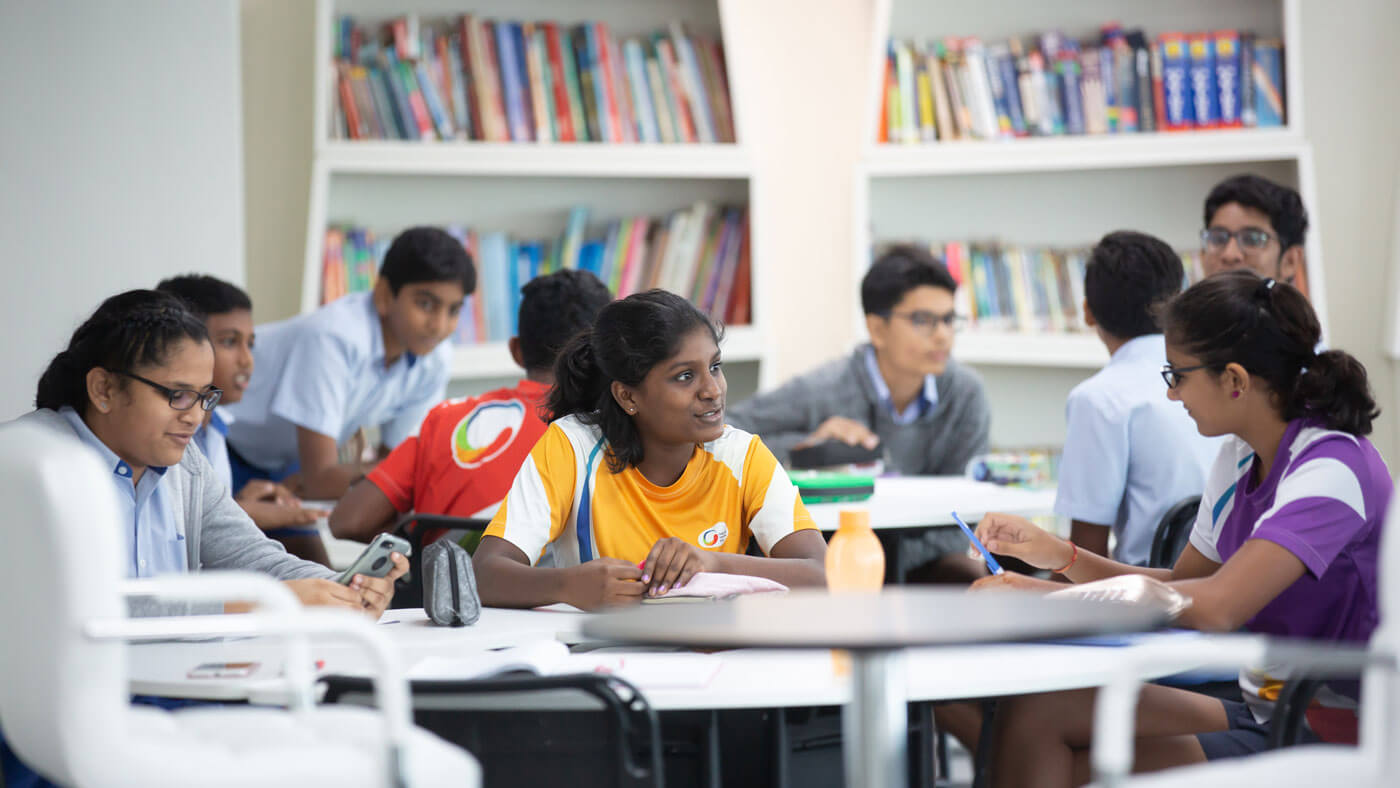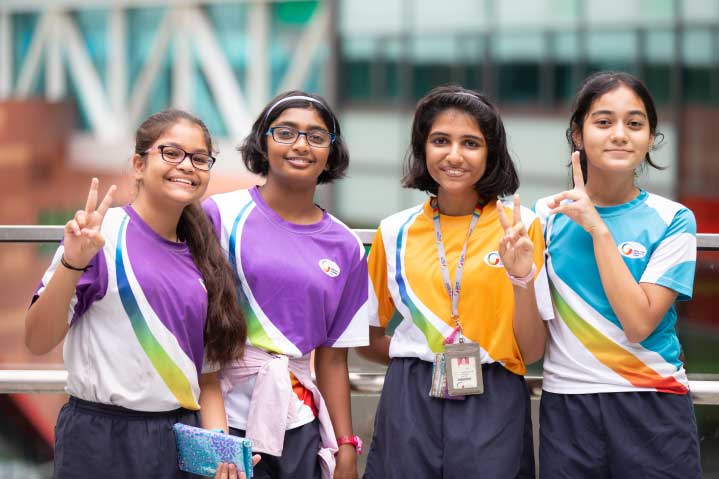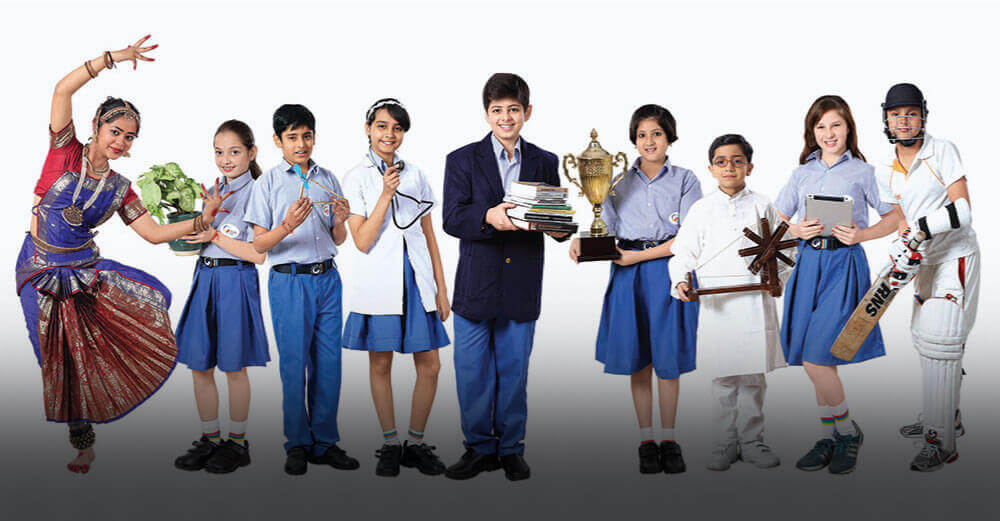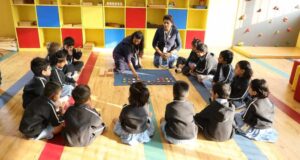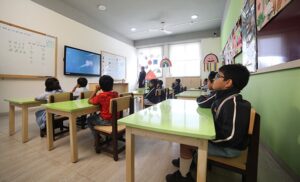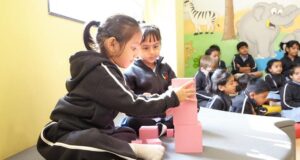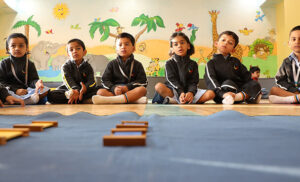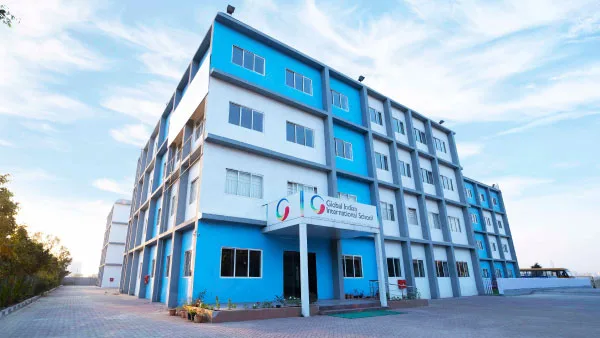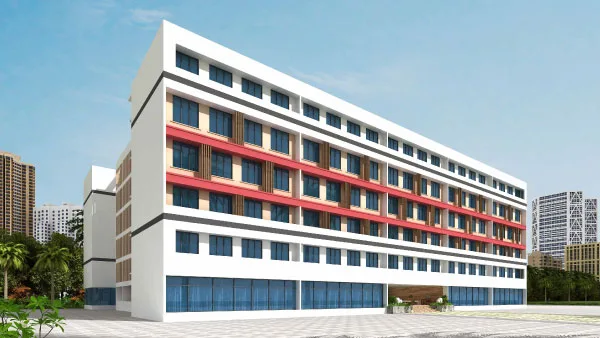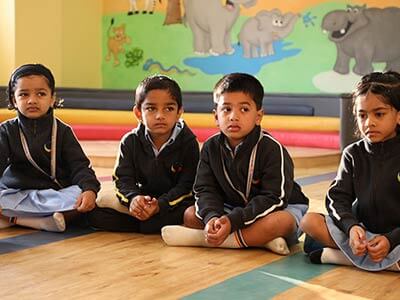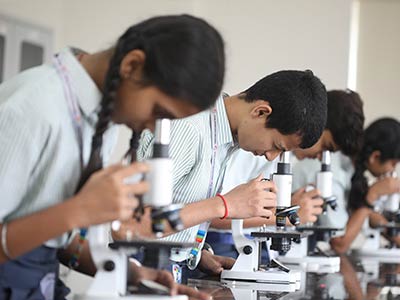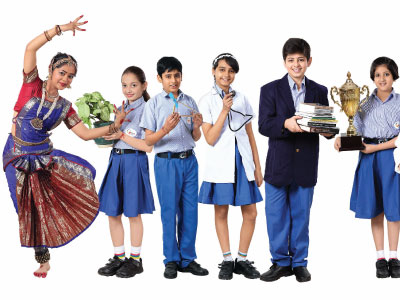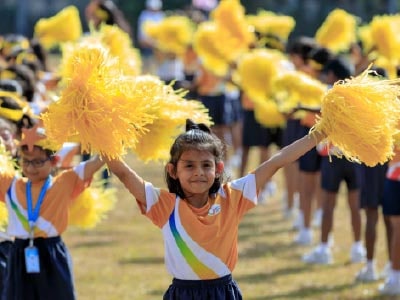Download our FREE Academic Calendar now! 📚 Start your child’s journey to success.
On August 15, 1947, India declared independence from British Supremacy. As India broke free from the grips of the British empire, the entire country erupted in joy, heralding the reign of an independent and free state, free of the terror rule of the British empire’s 200-year power.
Also, on August 15, 1947, Jawaharlal Nehru was the first Indian Prime Minister and announced India’s independence. After the UK Parliament enacted the Indian Independence Act, 1947, handing legislative sovereignty to the Indian Constituent Assembly, India became the world’s largest democratic country.
On Independence Day, the anniversary of the partition of undivided India into India and Pakistan is commemorated.
When and Why Do We Celebrate Independence Day?
Independence Day is observed and celebrated every year on August 15 because it honours the bravery and spirit of the freedom warriors who battled for the country’s independence from British domination.
Every year, Prime Ministers hoist the flag and address the nation from the Red Fort, marking the day as national pride and honour. The country’s president gives a televised ‘Address to the Nation’ a day before Independence Day.
How Do You Explain Independence Day to Kids?
India’s struggle for freedom is unlike any other country. As a result, explaining Independence Day to children can be tricky.
Here are a Few Simple Ideas for Explaining Independence Day to Children
● Getting Into Books
Many people believe that history is a subject that should be taught in schools and universities. That is, it is incorrect. There are a lot of history books on the market written in a kid-friendly manner.
It allows your child the opportunity to interact with a time machine. Some books tell true stories in a fictionalized form. While reading, a book exposes a few of our freedom fighters and situations, and once you’ve finished reading, you can ask them to express what they’ve learned or narrate events or happenings based on their knowledge.
● Small Acts and Skits
Your youngster will become a favorite freedom fighter after you educate them on the essentials of the 15th August celebration. You can now encourage them to put together a skit or monologue. Make your own or use a script from the internet based on actual events.
This is one of the best ways to teach children about Independence Day. When youngsters prepare for a skit or monologue, they inadvertently learn a lot about self-reliance. They will also be aware of the trials and sufferings that our country’s liberation warriors faced in the fight for independence.
● Taking Them to Historical Sites Relevant to the Freedom Struggle
Children will learn to appreciate our country even more if they have the opportunity to visit historical sites. They may see all of the priceless savings from our history that they had only heard about in history lectures in actual life. It imparts an impression on their minds that they will never forget.
Jhansi Fort, Red Fort, Cellular Jail, Jallianwala Bagh, and other places associated with the Indian liberation fight are must-see destinations. Even if it’s only a short journey, children will learn to see things differently.
How is 15th August Celebrated in India by Children?
In India, August 15 is a day of excitement for everyone. Especially, children wait for this day to be celebrated in their respective schools. The CBSE Schools in Pune conduct various cultural programs, starting from a flag hoisting ceremony and singing the National Anthem and numerous patriotic songs in multiple languages.
The cultural events include games and dancing, singing, and painting competitions. Some Schools in Pune and all over India also conduct beautiful exhibitions where students show their unique craftworks and paintings related to patriotism.
The children wait for this day for so long. They usually started rehearsing a month ago to reach perfection during the Independence Day programs.
Students also arrange costumes to look very presentable during the program. They usually dress in white Kurta-Pajama with a tri-colour Dupatta on their shoulders.
Interesting Facts About Independence Day
Below are some fun facts about Independence day in India.
● Indian National Anthem was Adopted in 1950
Indians did not have an official national song at the moment of independence. The song Bharoto Bhagyo Bidhata, created by Rabindranath Tagore in 1911, was renamed ‘Jan Gan Man’ and approved as the national anthem by the Constituent Assembly of India on January 24, 1950.
● August 15, as India’s Independence Day, was Chosen by Lord Mountbatten
Although the Indian Independence Act was passed on July 18, 1947, Lord Mountbatten chose August 15 as the day of India’s independence since it coincided with Japan’s surrender to the Allies during World War II.
● The First Time Indian Flag was Raised in 1906
The Indian national flag was raised in Parsee Bagan Square in Kolkata on August 7, 1906, with 3 horizontal stripes of green, yellow and red. The original iteration of our current national flag was designed by Pingali Venkayya in 1921. The current flag was adopted on July 22, 1947, and raised on August 15, 1947, with the 24-spoke Ashok Chakra with saffron, white, and green stripes.
● Pakistan Recognizes its Independence Day on August 14
Another fact about Independence Day in India is that Pakistan’s Independence Day is a day earlier, on August 14. This was because Lord Mountbatten, the last Viceroy of undivided India, had to attend both countries’ Independence Day ceremonies.
● On August 15, Five More Countries Celebrate Their Independence Day
Apart from India, five more countries celebrate their independence on August 15. South Korea, North Korea, the Republic of Congo, Bahrain, and Liechtenstein.
● In 1961, Goa was the Last State to Join the Indian Union Territory
Even after India got independence on August 15, 1947, Goa remained a Portuguese colony. It was only in 1961 that it was conquered by Indian troops. As a result, Goa was India’s final state to join.
● There is Only One Place in India Where the Indian Flag is Made
The Indian flag is only manufactured and supplied at one location in India. The Karnataka Khadi Gramodyoga Samyukta Sangha (KKGSS), situated in Dharwad, Karnataka, manufactures and supplies the National flag of India. The national flag is constructed completely of hand-spun and handwoven cotton khadi bunting.
Conclusion
On August 15 each year, people across India celebrate the day of Indian Independence Day, above mentioned were some interesting facts about Independence day for kids to know.



